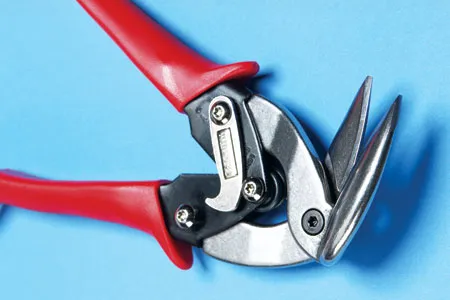Choosing the right shears or scissors can make your next do-it-yourself project much more seamless, whether you’re whipping something up in the kitchen or tending to your garden. Cutting fabric, shearing plants, and crafting all call for different types of blades, and understanding the difference between them is the key to quick, efficient work. Read our guide below for tips on how to choose the best shears and scissors for different home projects.
Understanding the Difference Between Shears and Scissors
Shears and scissors look similar, but they’re designed for different tasks. Learn what sets them apart to better prepare yourself for your next project.
Shears
Shears are go-to tools for heavy jobs. They feature long blades and handles, and more successfully cut through thick materials such as fabric, hedges, or even poultry bones.
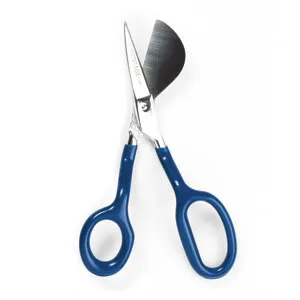
Scissors
Use scissors when you’re working on a project that requires precision. They’re smaller, and feature symmetrical handles and shorter blades, which makes them perfect for everyday tasks such as cutting paper, trimming hair, or handling light fabrics.
Types of Shears and Scissors for Home Use
Below are some common varieties of scissors and shears that you might find especially useful.
Kitchen Shears
These are the best options for food prep, and feature sturdy, stainless steel blades. Kitchen shears can handle tough jobs such as cutting through chicken bones, snipping herbs, or opening stubborn packaging. Many come apart for easy cleaning, and some feature built-in bottle openers or nutcrackers.
Fabric Scissors
Fabric scissors, also known as dressmaker’s shears, are designed specifically for cutting fabric. They feature long, sharp blades that can make clean cuts through multiple layers of material. Avoid using them on other materials, as this can dull the blades.
Gardening Shears
Use gardening shears, or pruning shears, to trim plants and small branches. They’re available in various sizes and styles, such as bypass pruners and anvil pruners, and some models are designed to reduce strain on your hands during long gardening sessions. The right type of shear for your project depends on the specific gardening tasks you need to perform.
Craft Scissors
These scissors are available in different styles and sizes to help you tackle different creative projects. Some feature decorative blades for creating patterned edges, while others are designed for precisely cutting paper, cardstock, or thin plastics.
What To Look for When Selecting Shears and Scissors
Keep the factors below in mind when you’re choosing between different types of shears and scissors:
- Blade material: High-carbon stainless steel is popular because it’s strong, sharp, and rust-resistant. Hardened steel or titanium-coated blades offer extra durability for even tougher tasks.
- Handle comfort: Look for ergonomically designed handles that fit your hand well and offer a secure grip. Some models feature soft-grip materials or contoured shapes to reduce hand fatigue.
- Intended use: Always match the tool to the task. Using fabric scissors on paper, for example, can dull the blades quickly, and using regular scissors on thick materials might not give you the results you want.
- Size and weight: Larger, heavier shears are better for tougher tasks, while smaller, lighter scissors are best for precision work.
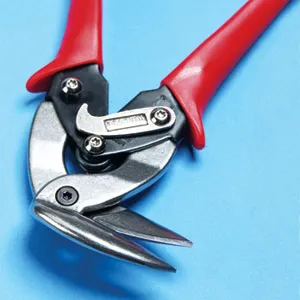
How To Maintain Your Shears and Scissors
Maintain your shears and scissors by following the tips below.
Cleaning and Drying
Clean your shears and scissors after each use to remove any debris or residue. Wash kitchen shears with warm, soapy water and dry them thoroughly to prevent rust. Wipe other types of blades with a clean, dry cloth. Avoid soaking non-kitchen shears in water, as this can damage the pivot point and lead to rust. Always make sure the pivot points and handles are free of gunk.
Sharpening Techniques
Professional sharpening is the ideal way to keep your blades in good condition, but you can use a sharpening stone or honing oil for minor touch-ups between professional sharpening appointments.
Proper Storage
Store your shears and scissors in a dry place to prevent rust and damage. Use blade guards or sheaths to protect the edges when you’re not using them. Hang fabric scissors or store them in a dedicated case to prevent accidental damage.
Tips for Using Shears and Scissors Safely and Effectively
Follow the tips below to get the best results from your shears or scissors:
- Always cut away from your body.
- Cut at a 45-degree angle when you’re pruning plants to keep them healthy.
- Keep a stable cutting surface to prevent slips.
- Keep your fingers clear of the blade’s path.
- Take breaks during long cutting sessions to avoid hand strain.
- Use long, smooth strokes when cutting fabric.
- Use the full length of the blade for smoother cuts.
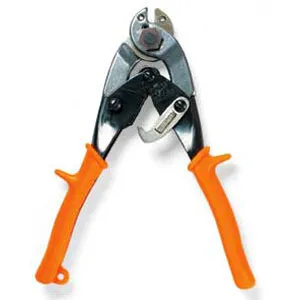
Common Mistakes To Avoid
Avoid the common mistakes below to keep your tools in good shape:
- Cutting materials that are too thick or hard for your tool
- Ignoring signs of wear or dullness
- Neglecting regular cleaning and maintenance
- Storing shears and scissors improperly
- Using the wrong type of scissors for a task
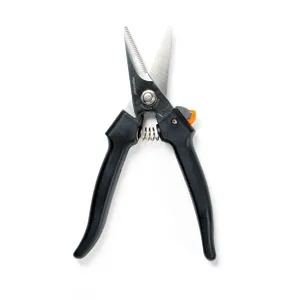
Additional Tips for Versatile Shear and Scissor Use
Invest in multi-purpose tools that can handle various tasks around the house. These tools usually come with additional features such as bottle openers, wire cutters, or even screwdrivers, which makes them especially useful.
Consider specialty scissors if you frequently quilt, embroider, or undertake other more specific projects.Embroidery snips feature small, sharp points that allow you to trim threads with precision, for example. Acquiring the right specialty tools can improve the quality of your work and make your projects more enjoyable.

